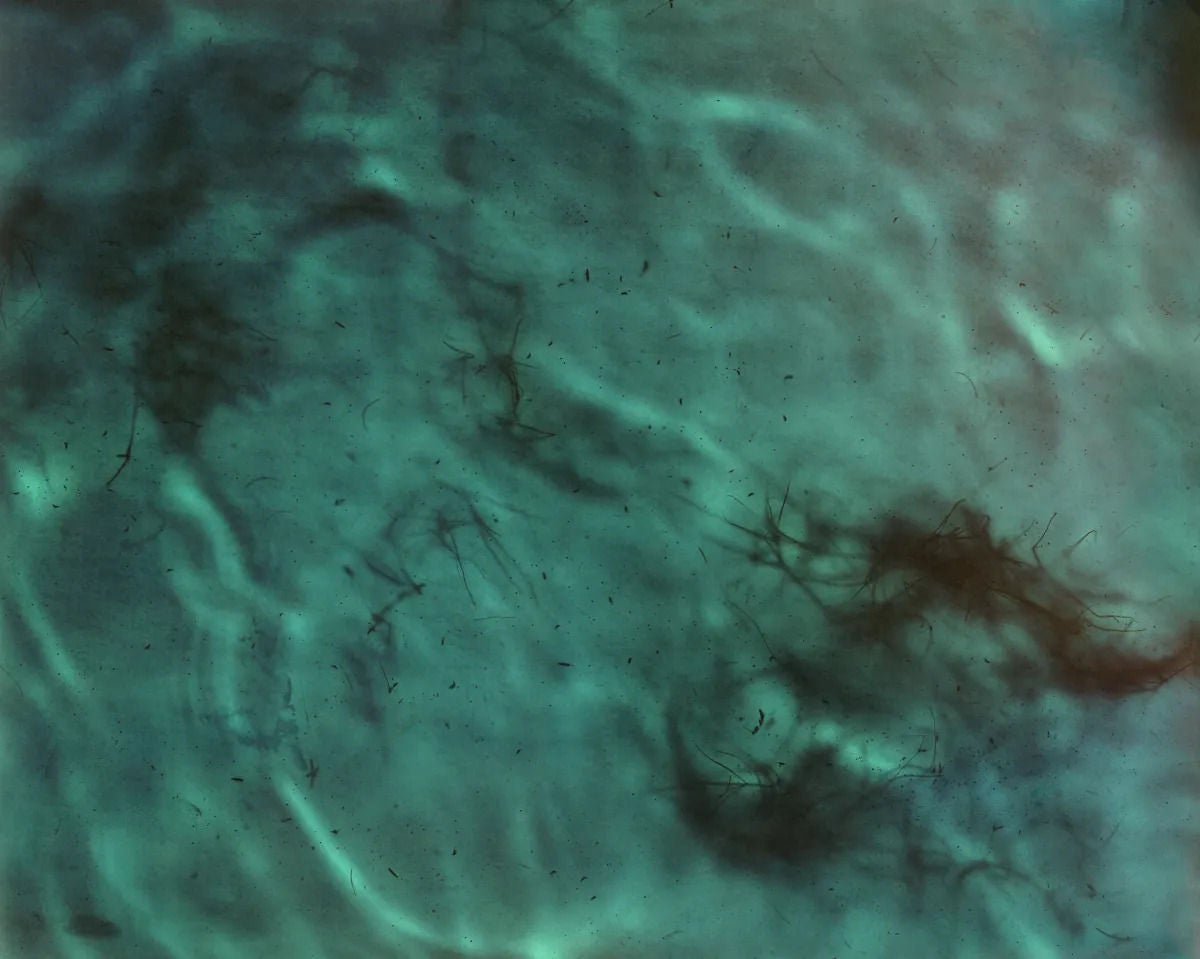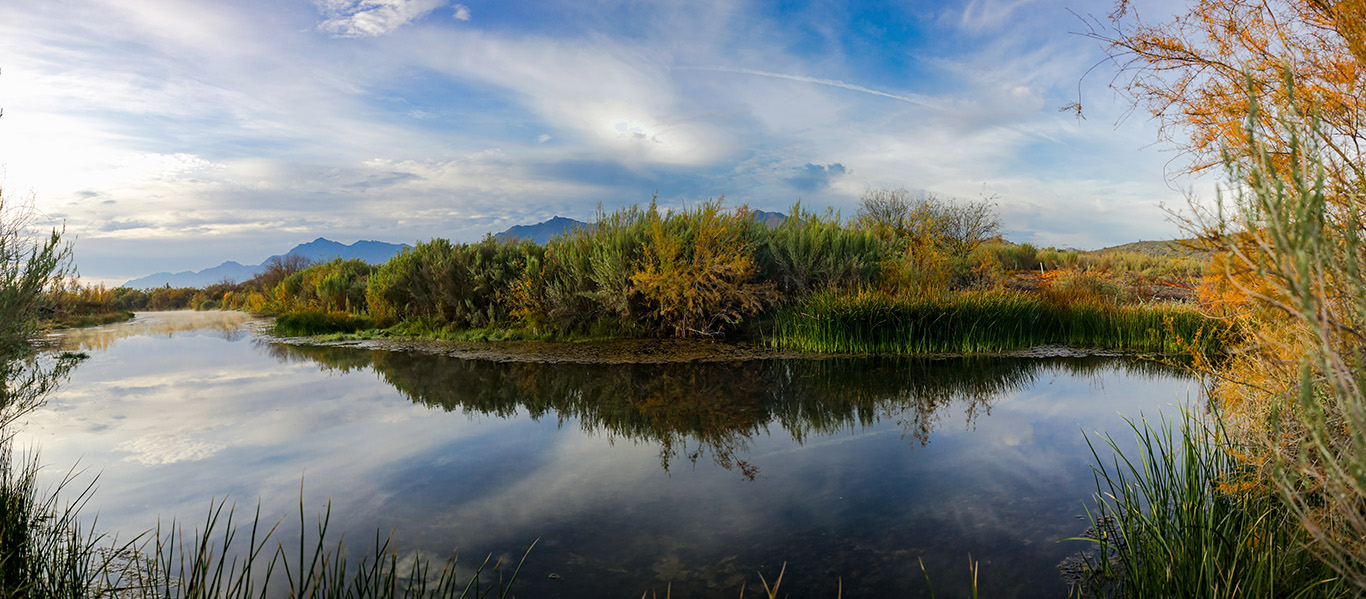Due to forecasted storms, free sand for sandbags is now available at eight City of Phoenix parks.
S’edav Va’aki Museum Welcomes Fall Reopening with Two New Exhibitions

The S’edav Va’aki Museum is excited to announce its fall reopening and the unveiling of two traveling exhibitions, Parched: The Art of Water in the Southwest and Su:dagi/Shu:thag: Rekindling Our Connections, set to open on Oct.2..
Parched: The Art of Water in the Southwest utilizes art informed by scientific and cultural inquiry to explore the deep disparities of water use and access throughout the state of Arizona. Coming at a time where conversations about the availability and quality of, and access to, water have never been more important. After three years of public display, the Parched exhibition finds a new home at S’edav Va’aki Museum. Serving as a call-to-action, Parched features nine bodies of work all using different mediums evoking themes of survivance, sovereignty, and spirituality. Ultimately reflecting diverse perspectives and provocative insights into our complex relationship with water in natural, cultural, and political landscapes.
This exhibition expands the viewers understanding of water by highlighting its deep cultural significance while juxtaposed by the controversies surrounding the fact that Indigenous communities have little to no access to the water that is pumped and piped out of their own lands. Starring Image by Josh Biggs - Landscapes in Conflict: Surveilling Water Use from Above.

Su:dagi/Shu:thag: Rekindling Our Connections examines the Akimel O’odham’s (River People) longstanding relationship with water and focuses on the intersection between the politics of water rights and the celebration of traditional agricultural knowledge.
The exhibit invites the viewer to take a journey regarding the history of Akimel O’odham’s relationship with water. The exhibit begins with the Huhugam, Ancestral O’odham, that started it all by making the Salt River Valley habitable through their expertise in canal systems and irrigation agriculture. Then it transitions to ongoing battles in water rights litigations resulting from the challenges of modernity. The exhibit concludes with a hopeful look towards the future as younger generations of Akimel O’odham promote healing in their communities by embodying stewardship for traditional knowledge and maintaining their cultural connection to water.



